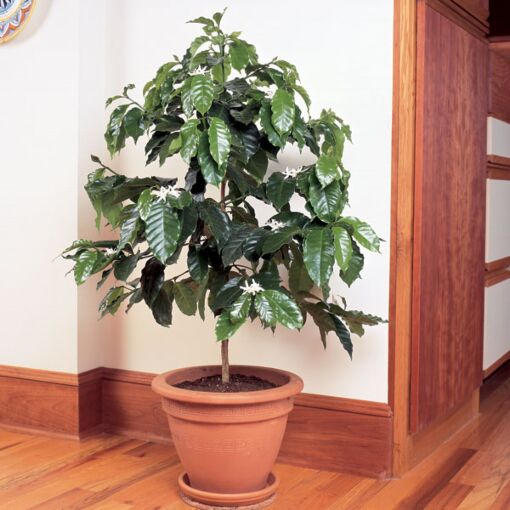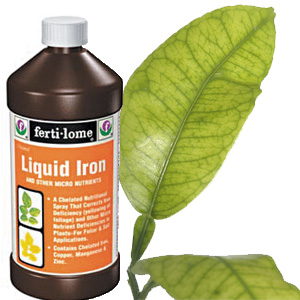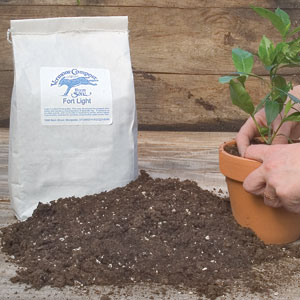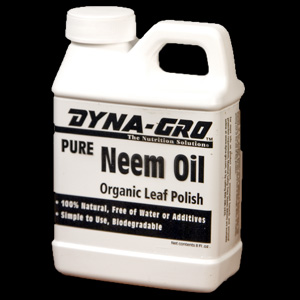
Mid-Season Plant Care Tips for Full, Lush Growth
By Laurelynn Martin and Byron Martin
 |
|
Coffee plant with |
 |
|
|
 |
|
|
 |
|
|
About this time in mid-July, slow release fertilizers and granular fertilizers that have been top-dressed are losing their effect and your plants may be looking yellow and lackluster. Lots of rain or heavy irrigation can also leach nutrients from the soil. Now is a good time to give your garden a fertilizer boost for full, lush growth and maximum flowering and fruiting.
A good top-dressing of an organic fertilizer will last 4-6 weeks or a balanced slow-release fertilizer can last 8-12 weeks. We don't recommend heavily fertilizing in late August because plants that are susceptible to root disease need to stop putting on soft leafy growth. Most citrus and gardenias, for example, have a root system that can be susceptible to root disease and it is important to "harden off" the growth before bringing them inside for the fall and winter.
First, scan your plants carefully, both the ones incontainers and in your gardens. Plant leaves, unless variegated or a naturalchartreuse color, should be deep green and have that healthy sheen. If not, they may be in need of feeding. You can top-dress with an organic granular fertilizer, such as our Citrus and Avocado fertilizer, or apply liquid fertilizers, like our Dyna-Gro Grow Plant Food, when watering.
If your plants lower leaves are yellow, it may be a sign that it's time to fertilize as well. Angel's Trumpets, for example, may have lower leaves that are yellow but their upper leaves are still green. This is a sign that fertilizer is needed. Plants like citrus, gardenias and jasmine sometimes will have yellowing leaves because of iron deficiency. Applying a Chelated Liquid Iron that has additional copper, manganese and zinc will correct this micronutrient deficiency.
Other mid-season care tips
If your plant is overgrown, you can still prune if you have a winter blooming plant. However, if you have a fall blooming plant, then only do selective pruning, or else you may inadvertently cut off all your flowers for the upcoming blooming season. If your plant is root-bound or you want a larger specimen, now is the time to repot your plant into a bigger pot. This gives the plant plenty of time to fill out while you still have 6-8 weeks left of active growing. Select a well-drained potting soil, like our Fortified Light Potting Soil, for best growth.
Insect pests can pose a problem in mid-summer. Neem oil has been used for centuries to control insects. It also acts as a fungicide for mildew and certain other fungal diseases.
Proper mid-season plant care promotes lush, healthy growth for the remainder of the summer season.

